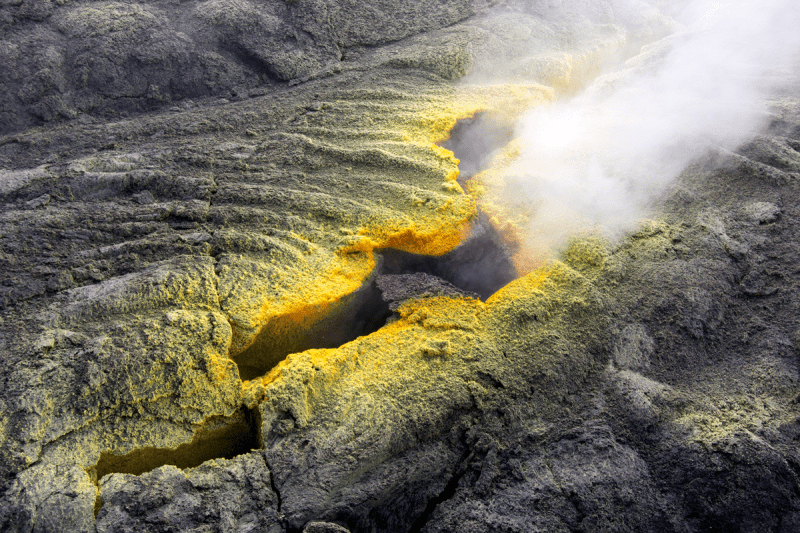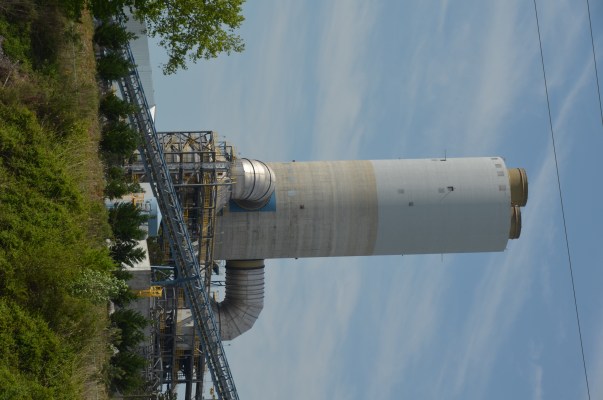Reduced Sulfur Emissions Could Cause Climate Shock

When we talk about emissions these days, we typically talk about cutting them back for the good of the environment. However, the climate system is a complex beast, and one we’re still learning to understand.
As it turns out, cutting back on emissions may have unexpected or undesirable effects. Some scientists are concerned that cuts to human-induced sulfur emissions may actually be warming the Earth.
What’s The Deal With Sulfur Emissions?

Much work has been done over past decades to cut down on sulfur emissions. This has taken many forms, but often comes down to targeting fossil fuel sources. The European Union, United States, and many other jurisdictions have legislated lower sulfur levels in diesel fuels. This has led to cleaner engine designs with emissions control devices that rely on lower sulfur levels to work. Similar efforts have been made to cut sulfur levels in marine fuels as well. Many coal plants have also cut down on emissions of sulfur dioxide, through the use of flue-gas desulfurization hardware.
Cuts to sulfur emissions have been made with good intentions. SO2 and other oxides of sulfur (SOx) are harmful to human health. High levels of sulfur oxides in the air can harm plant growth, and these emissions also have a habit of causing acid rain, too.
However, as it turns out, sulfur emissions tend to help create sulfur-based aerosols that end up in the stratosphere. These aerosols actually increase the amount of sunlight reflected away from Earth. In this way, they have a cooling effect on the planet – quite the opposite of greenhouse gases like carbon dioxide and methane.
Overall, the efforts to cut down on sulfur emissions have been successful. Over time, more and more countries have switched to cleaner low-sulfur fuels, and the maritime industry has been proactive in following suit. In particular, sulfur emissions from the shipping industry have dropped 80% worldwide since 2020. The effect has only been compounded by the abrupt drop in shipping activity experienced in the first year of the coronavirus pandemic.
So What’s The Problem?
The problem is that the aerosols produced by sulfur emissions were probably doing good work cooling the Earth. As our greenhouse gas emissions have continued to ratchet up over the years, the cooling effect of our sulfur emissions may have hidden some of the damage being done.
With such a rapid reduction in sulfur emissions, we may face something called an “aerosol shock” or “termination shock.” This is where the Earth’s climate rapidly heats up once the production of cooling aerosol is terminated. This can have rapid and catastrophic impacts on the climate, or at the very least, unexpected ones.
Unfortunately, our understanding of aerosols is limited at this stage. Models show that the impacts of reduced sulfur emissions could be unmeasurable, or could be serious and severe warming on a regional or even global scale. That’s a wide range of options, showing that we need to better understand the problem before we can be sure.

However, we do have some measurements that indicate there may be a real problem here. Comparing 2014 to 1750, the estimated cooling effect of aerosols on the Earth was to cut roughly 1.3 watts of solar energy per square meter (W/m2). By 2019, that had dropped by 15%, to just 1.1 W/m2. That’s a significant amount.
There’s some correlation in data from past decades, too. As Europe began to cut sulfur dioxide emissions from the 1980s, it has seen an uptick in temperatures. Correlation does not equal causation, of course, but it’s an area worthy of further investigation.
It’s part of a broader trend in Earth’s albedo, the amount of light it reflects back to space. Less aerosols and less ice on Earth are both making the planet less reflective. That means the Earth absorbs more heat, leading to higher temperatures. It’s feared that rising temperatures could push further change to albedo as glaciers and ice sheets melt, locking in a runaway increase in temperatures beyond our control.
Can’t Turn Back The Clock
Of course, this isn’t to say we should ramp up sulfur emissions to cool things down. That would cause harm to health, likely dampen crop yields, and increase incidents of acid rain, among other negative effects.
Plus, aerosol shock is a primary reason many say we shouldn’t intentionally use aerosols to cool the climate. If we relied on aerosol production to counteract global warming from greenhouse gases, we’d be in big trouble we had to stop all of a sudden. Whether due to politics, mechanical failure, or some other cause, we’d be exposed to sudden ramp up in temperatures that would play havoc with the climate.
The fact that sulfur aerosols may have counteracted some warming effects is notable, but by no way a solution for the problem of climate change. Instead, it should serve as further incentive to drastically cut back on greenhouse gas emissions. We may just have to work harder than expected in order to account for the fact that sulfur-based aerosols may have been obscuring the worst consequences of our excesses.
[Headline image: “Sulfur Fumarole” by USGS.]
Post a Comment